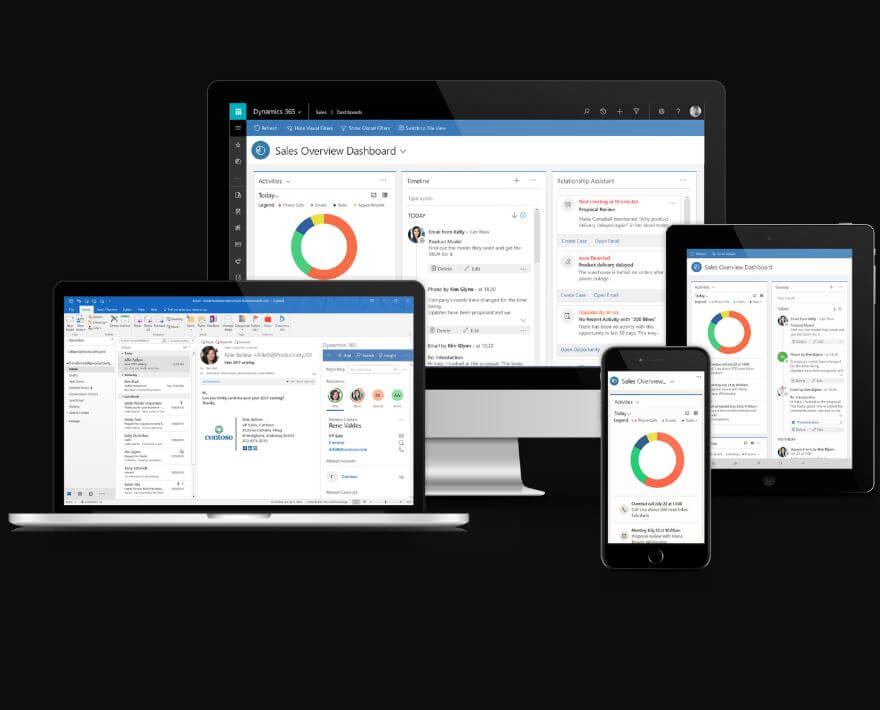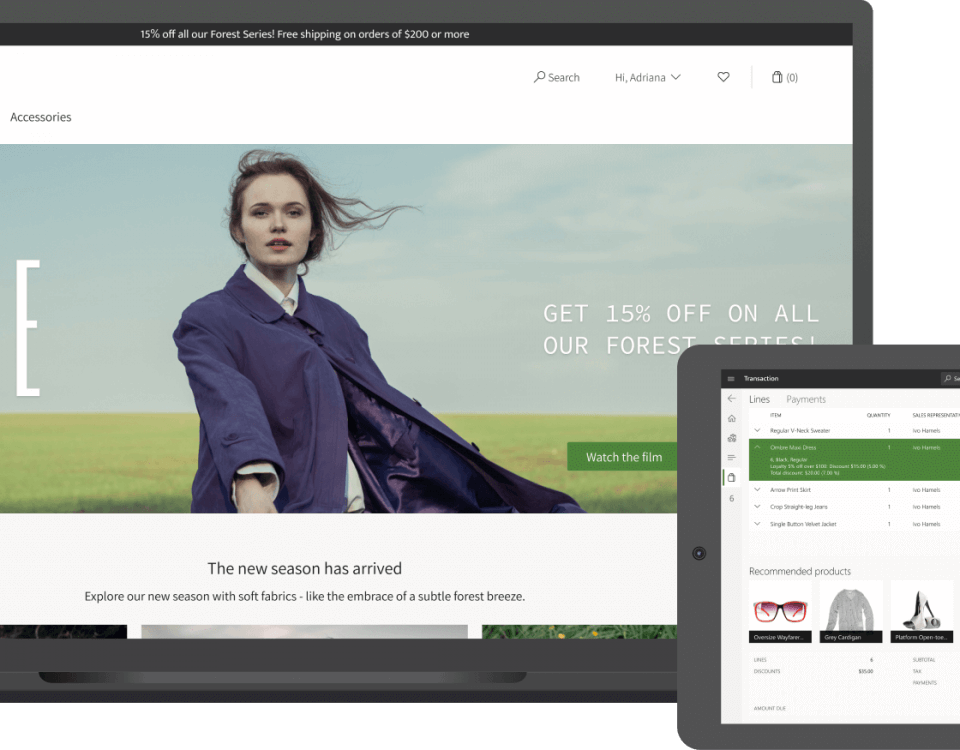Channel Overview and Retail Store in Dynamics 365 Commerce:
Channel overview:
Channel is like a medium that a company or organization uses to sell its products. We have three different types of channels in dynamics 365. These are
1) Retail Store(Physical store having pos counters)
2) Online Store(An online channel that gives a retailer an online presence so that their customers can purchase products from their online store in addition to their brick-and-mortar store. Customers who purchase products from the online store can have the products shipped to them, or they can pick up the products from a local store.)
3) Call Centre (Call center is a type of channel that allows to take customer order over phone and handle customer service throughout the order fulfillment process. Workers can enter payment information directly into the sales order)
The channel database (channel DB) holds transactional and master data from one or more commerce channels, such as an online store or a brick-and-mortar store. The master data is pushed down from the Headquarters (HQ) to the channel database using the commerce data exchange (CDX). The transactional data stored in the channel database is pulled back to the headquarters using the CDX.
About Brick and mortar stores:
Brick and mortar stores are the physical retail stores in an organization. Their channel type is termed as retail store. Each store contains different number POS terminals that are need to be setup as well after creation of a store.
Components of Retail Store:
Following are the components of retail store that needs to be understand. These are
a) When you create a new store (Retail > Channels > Retail stores > All retail stores), you will need to enter some basic information about the store to identify it. Although the Retail stores form is shared across all legal entities, each store must be linked to a single legal entity. You will also need to name your store uniquely. You may do this by using a store number or text to help easily identify each store.
b) The store is linked to the distribution location which represents the warehouse for the store and the shipping location for the store. These are standard warehouses and are configured in the Inventory management module. This setup must be complete before you can create a new store.
c) Additional configuration must be completed on the store in order for the registers to function properly. Some settings serve as defaults for each register, while others are store-wide and cannot be overridden on each register. You can link financial dimensions to your stores and configure the sales tax information on each store. Each store is also linked to a default customer account. This is the customer account that is used in 365 for Retail for all anonymous sales. The customer must be created before you can create the store.
d) Assortments are used to define the products that are available in the store. Any store can be linked to one or more assortments, and any assortment can be linked to one or more stores.
e) Price groups are linked to stores to control how pricing will function in a specific store. Again, price groups can support a many relationship just like assortments.
f) Registers are an important component of a store. You must create at least one register or device in order for the POS functionality to be enabled. If you are going to use the modern POS, you will also need to create a device to link to the registers where appropriate.日本藤素
g) Workers are assigned to stores by use of the global address book. A worker can be assigned to more than one store if required. Once you have assigned workers to a store, you can begin creating shifts which define when people will work and who will work.
h) At least one payment method must be configured on each store in order to accept payment in the POS. This configuration is important as it controls the financial postings of your payments when they are posted in 365 for Retail.
i) Income and expense accounts are also on each store. These are optional, but typically at least one of each type is configured for the store.
j) You can also setup store opening and closing hours for each each as well .
k) You can also link in modes of delivery to your store for delivering product from your store to a customer.
l) The channel database is created by an administrator after the core setup is completed in 365 for Retail. A link must be created between the store and the database in order for the data to synchronize correctly between the store and the database.


